Plant This, Not That
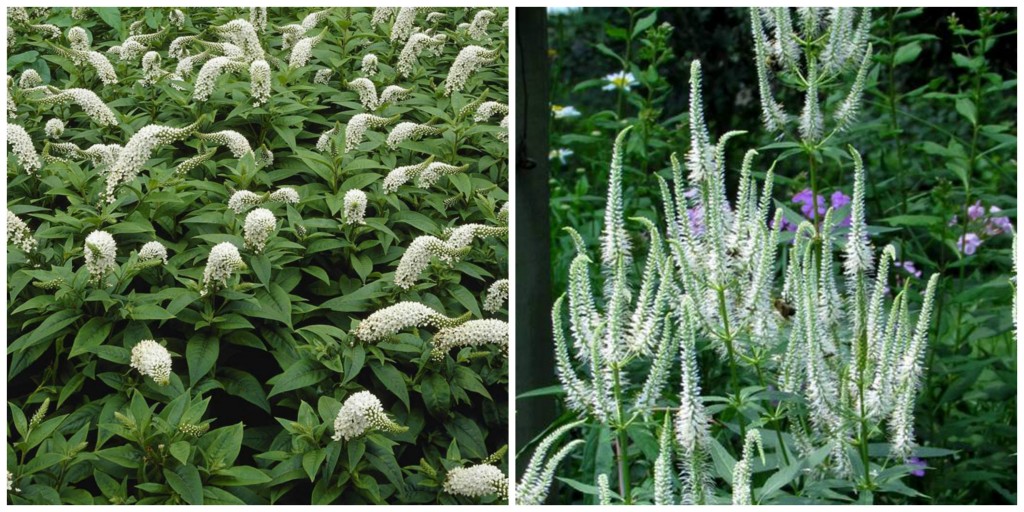
In place of gooseneck loosestrife, Lysimachia clethroides, (left), which can overtake your garden in a season or two, plant Culver’s root, Veronicastrum virginicum, (right) whose graceful spires of white blooms have similar appeal.
Is your garden in the grip of aggressive in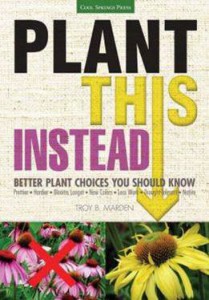 vasives? Are you enslaved to fussy dahlias? Do your hydrangea bloom begrudgingly? If you, gentle gardener, have ever thought to yourself, “There’s got to be a better way,” take heart. There is. Just ask Troy Marden.
vasives? Are you enslaved to fussy dahlias? Do your hydrangea bloom begrudgingly? If you, gentle gardener, have ever thought to yourself, “There’s got to be a better way,” take heart. There is. Just ask Troy Marden.
Marden’s new book “Plant This Instead: The Best Plant Choices for Today’s Gardens,” and the topic of his presentation at the Lewis Ginter Botanical Garden Winter Symposium and CVNLA Short Course offers gardeners a side-by-side comparison of our sometimes unfortunate plant choices and his suggestions for more viable alternatives.
“Plant the right plant in the right place,” is Marden’s mantra. The well-known plantsman, garden designer and author encourages gardeners to select plants that look similar to troublesome specimens but have a better chance of performing. He recommends selecting plants with a natural resistance to pests and diseases. Choose natives that are adapted to local conditions. Factor in zone hardiness, light requirements, size and soil preferences before you plant. And be sure to plant non-invasive species.
Here is just a glimpse of Marden’s advice:
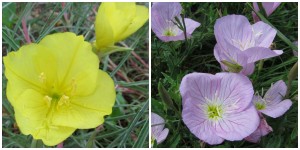
Despite its delicate appearance, Pink evening primrose, Oenothera speciosa, (right), can be a nearly indestructible bully in your landscape. Oenothera fremontii ‘Shimmer’ Evening Primrose (left) a ground cover with narrow silver leaves whose stems will creep but whose roots do not spread.
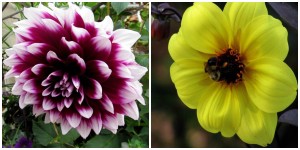
Old fashioned bedding dahlias, dahlia hybrids, can be demanding divas, succumbing to spider mites and disliking heat and humidity. A similar stand-in like Dahlia ‘Mystic Illusion’, (right), one in the Mystic Series, is bred to be an easy care bloomer that is perfect for cutting.
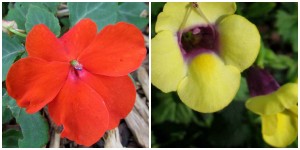
If downy mildew claims your impatiens (Impatiens walleriana), (left), year after year, Marden recommends Torenia fournieri, Torenia hybrids, (right) the wishbone flower, and old-fashioned favorite that flowers profusely in beds or pots.
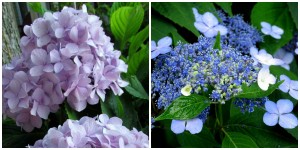
Because hydrangea doesn’t always thrive in our area, consider Blue Billow, Hydrangea serrata, (right) a delicate lace cap hydrangea, which is a full zone hardier and will flower reliably in Central Virginia.
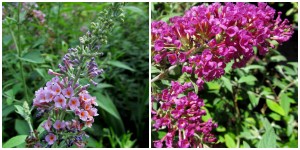
Butterfly bush, Buddleia davidii, (left), has a tendency to reseed itself, threatening native habitats. The new sterile hybrids such as Buddleja ‘Miss Ruby’, are sterile and flower non-stop in season.
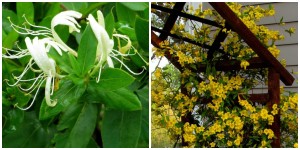
Consider swapping the beautiful but pernicious Japanese honeysuckle vine, Lonicera japonica, which can overtake a fence row in no time, with the better behaved and equally beautiful Carolina jessamine, Gelsemium sempervirens, showy, hardy and almost as fragrant.
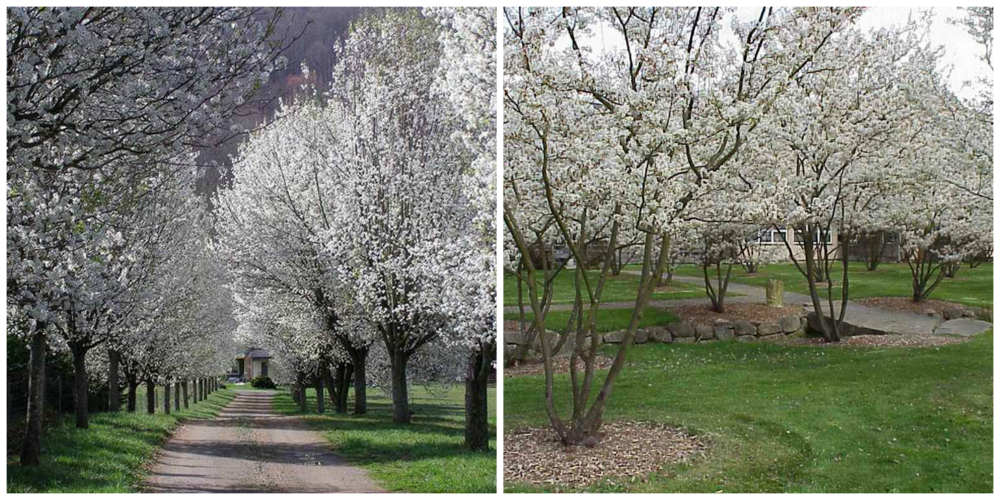
The ubiquitous Bradford pear, Pyrus calleryana, (left), can be opportunistic and prone to splitting. Plant apple serviceberry, Amelanchier x grandiflora ‘Autumn Brilliance,’ (right), instead and revel in its similar spray of white blossoms in the spring and brilliant red fall foliage.
To read about all 75 of Marden’s recommendations, borrow a copy of “Plant This Instead: The Best Plant Choices for Today’s Gardens” from the Lora Robins Library at Lewis Ginter Botanical Garden. Or, if you want to add a copy to our own collection, the book is for sale in the Garden Shop. Either way, you’ll be ready to buy just the right thing at Spring PlantFest (May 6-7) during Mother’s Day weekend.
Photos courtesy of Troy Marden.
